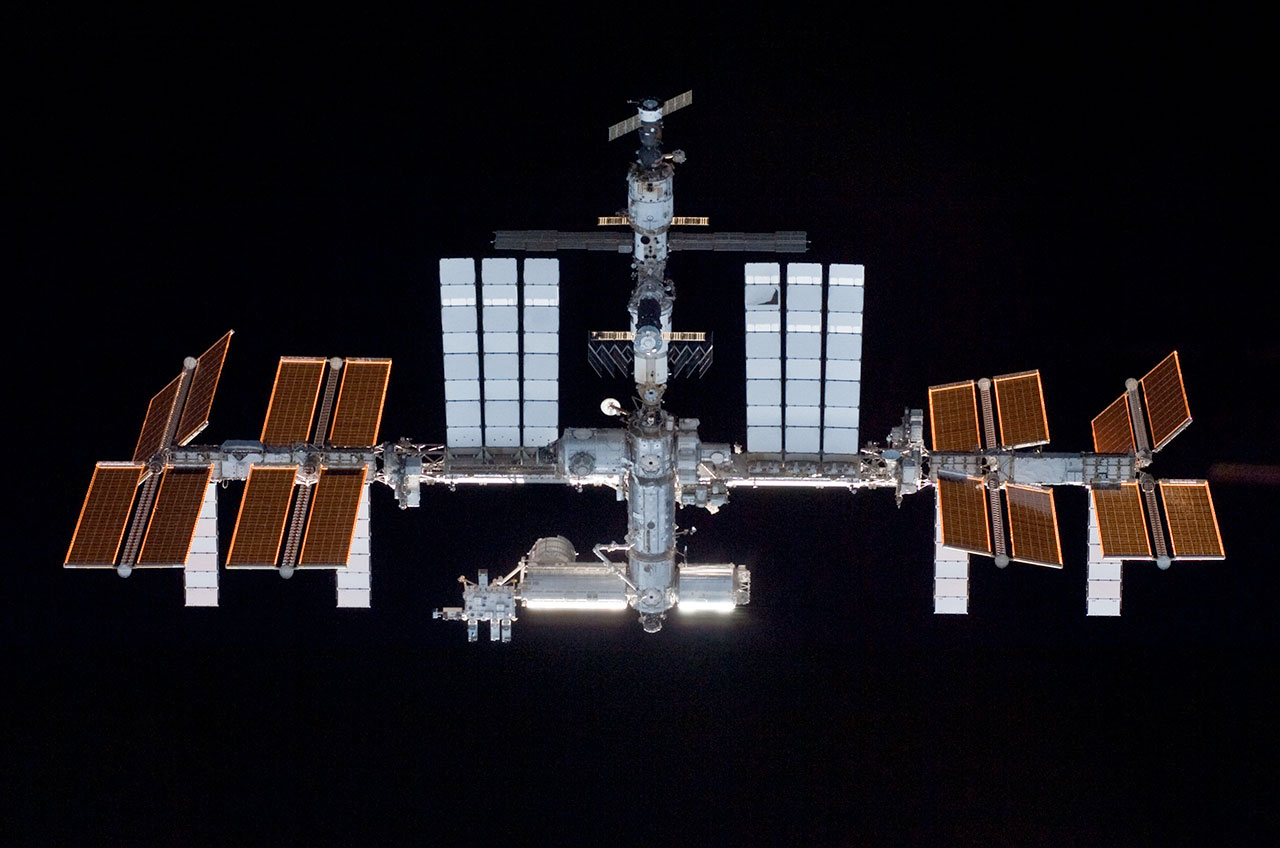

This is the zone where the ISS orbits and where the space shuttle used to do its work. One is called low-Earth-orbit, which extends from about 160 to 2,000 km (about 100 to 1,250 miles). There are several accepted "zones" of orbits around the Earth. Those that orbit farther away from Earth have fewer molecules to contend with. Satellites that travel closer to Earth are at risk of falling because the drag of atmospheric molecules will slow the satellites down. If a satellite is traveling fast enough, it will perpetually "fall" toward Earth, but the Earth's curvature means that the satellite will fall around our planet instead of crashing back on the surface. However, a satellite needs to be going fast - at least 8 km (5 miles) a second - to stop from falling back down to Earth immediately. Technically speaking, anything that crosses the Karman Line at an altitude of 100 kilometers (62 miles) is considered in space. What keeps a satellite from falling to Earth?Ī satellite is best understood as a projectile, or an object that has only one force acting on it - gravity. Even a screw or a bit of paint is considered an "artificial" satellite, even though these are missing these parts. Parts of a satelliteĮvery usable artificial satellite - whether it's a human or robotic one - has four main parts to it: a power system (which could be solar or nuclear, for example), a way to control its attitude, an antenna to transmit and receive information, and a payload to collect information (such as a camera or particle detector).Īs will be seen below, however, not all artificial satellites are necessarily workable ones. Program officials expect the ISS to keep running until at least 2024. Piece by piece, 15 nations contributed financial and physical infrastructure to the orbiting complex, which was put together between 19. The ISS is the biggest satellite in orbit, and took over a decade to construct. NASA is now considering sending CubeSats to Mars or to the moon Europa (near Jupiter) for future missions, although the CubeSats aren't confirmed for inclusion. These can be lofted on a rocket along with a bigger payload, or sent from a mobile launcher on the International Space Station (ISS). It's common now for companies and universities to create "CubeSats", or cube-shaped satellites that frequently populate low-Earth orbit.

With the miniaturization of computers and other hardware, it's now possible to send up much smaller satellites that can do science, telecommunications or other functions in orbit. Later generations helped with Internet connections. Telecommunications satellites made long-distance telephone calls and eventually, live television broadcasts from across the world a normal part of life.

#As built drawing water company satellite example series#
Land-watching satellites such as the Landsat series tracked changes in forests, water and other parts of Earth's surface over time. Weather satellites improved forecasts, even for remote areas. Other countries began to send their own satellites into space as the benefits rippled through society. (Image credit: NASA/Jet Propulsion Laboratory) satellite and the first satellite to carry scientific instruments.


 0 kommentar(er)
0 kommentar(er)
